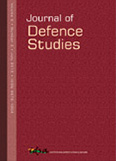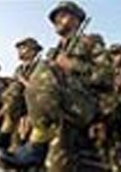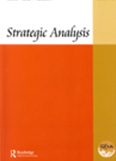Maoists in Delhi and NCR: Wake-up time for Police
When the Maoists’ urban movement attains criticality among industrial labour, they may seek to organise sabotage and industrial strikes. Security forces will have to be prepared to respond to urban terrorism.
- P. V. Ramana
- March 24, 2011














